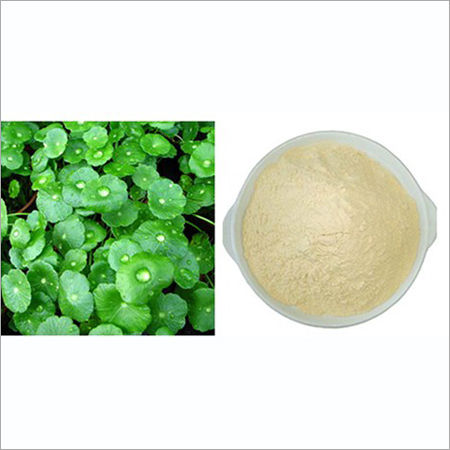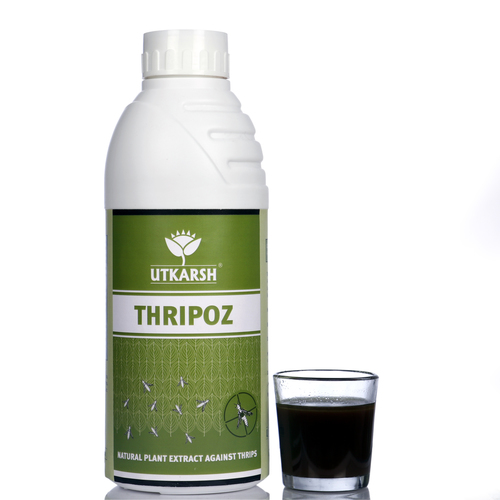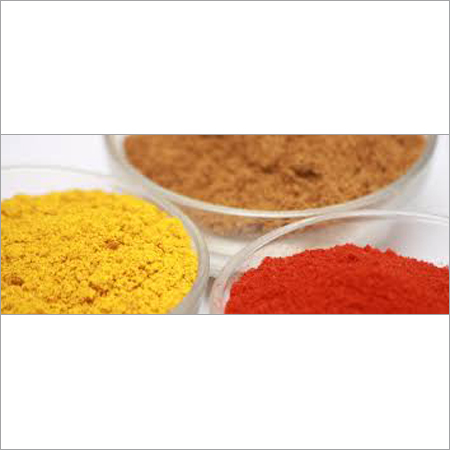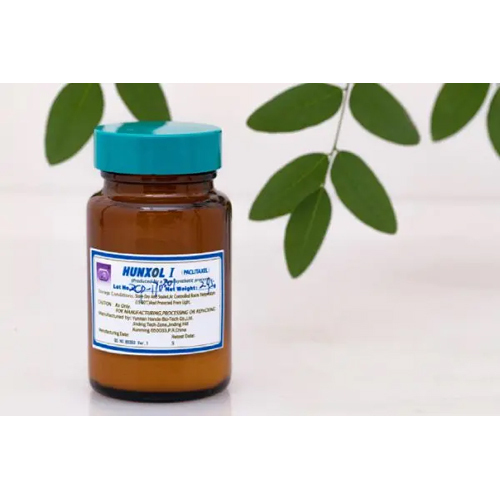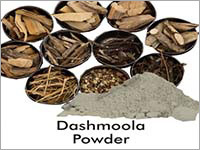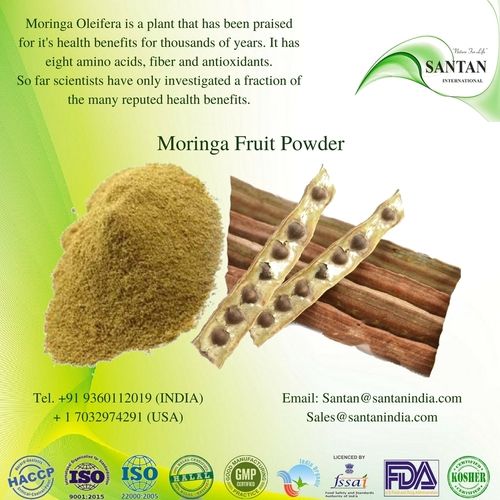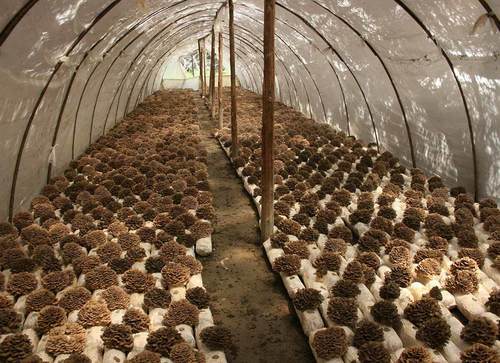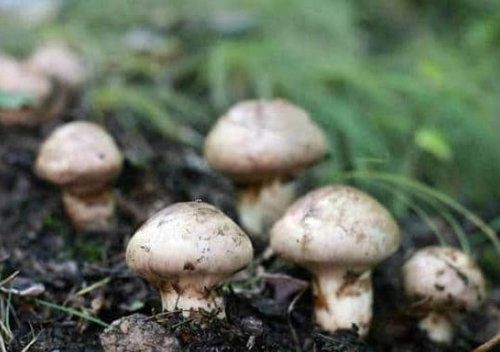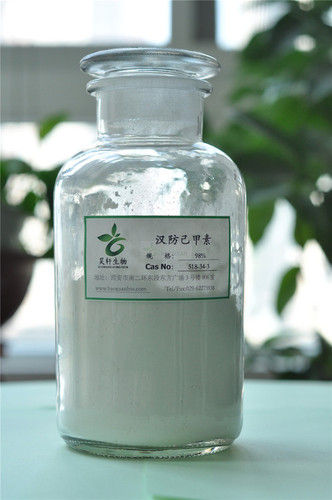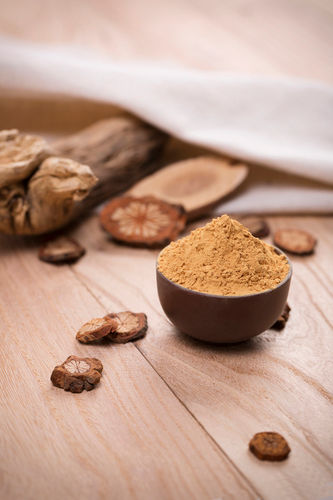
Chaga Mushroom Extract - Premium Quality Inonotus Obliquus, Rich In Melanin And Phytosterols, Ideal For Health Supplements
Price:
Get Latest Price
In Stock
Product Specifications
| Form | Extract |
| Source | Birch trees |
| Extraction method | Hot water |
| Purity | 99% |
| Packaging | Bottles |
| Shelf life | 24 months |
| Certifications | ISO |
| Features | Immune support, Antioxidant rich, Natural remedy, High quality, Birch derived, Pure extract, Adaptogenic, Potent, Sustainable |
| FOB Port | Ningbo or Shanghai |
| Payment Terms | Letter of Credit at Sight (Sight L/C), Telegraphic Transfer (T/T), Paypal |
| Delivery Time | 15 Days |
| Main Export Market(s) | Australia, South America, Middle East, Western Europe, Central America, Asia, Eastern Europe, North America |
Product Overview
Key Features
I. obliquus is found most commonly in the circumboreal region of the Northern Hemisphere where it is distributed in birch forests.
I. obliquus causes a white heart rot to develop in the host tree. The chaga spores enter the tree through wounds, particularly poorly healed branch stubs. The white rot decay will spread throughout theheartwood of the host. During the infection cycle, penetration of the sapwood occurs only around the sterile exterior mycelium mass. The chaga fungus will continue to cause decay within the living tree for 10-80+ years. While the tree is alive, only sterile mycelial masses are produced (the black exterior conk). The sexual stage begins after the tree, or some portion of the tree, is killed by the infection. I. obliquus will begin to produce fertile fruiting bodies underneath the bark. These bodies begin as a whitish mass that turn to brown with time. Since the sexual stage occurs almost entirely under the bark, the fruiting body is rarely seen. These fruiting bodies produce basidiospores which will spread the infection to other vulnerable trees.
Alternative names
The name chaga comes from the Russian name of the mushroom (transliterated from N ), which in turn is purportedly derived from the word for the fungus in Komi-Permyak, the language of the indigenous peoples in the Kama River Basin, west of the Ural Mountains. It is also known as the clinker polypore (from its resemblance to the slag left after a coal fire, known commonly as a "clinker" when coal fires were common), cinder conk, black mass and birch canker polypore. In England and officially in Canada, it is known as the sterile conk trunk rot of birch. In North America, it is commonly referred to by its Russian name, chaga. In France, it is called the carie blanche spongieuse de bouleau (spongy white birch tree rot), and in Germany it is known as Schiefer Schillerporling (oblique Inonotus). The Dutch name is berkenweerschijnzwam (birch glow mushroom). In Norwegian, the name is kreftkjuke which literally translates as "cancer polypore", referring to the fungus' appearance or to its alleged medicinal properties. In Finnish.
Distribution and cultivation
Generally found growing on Birch (Betula spp.) trees, it has also been found on Alder (Alnus spp.), Beech (Fagus spp.), Oak (Quercus spp.) and Poplar (Populus spp.). In species other than birch, the fungus often appears as buried stem cancer, instead of the charcoal like mass found on birch trees.
Attempts at cultivating this fungus on potato dextrose agar and other simulated mediums resulted in a reduced and markedly different production of metabolites. Cultivated chaga developed a reduced number of phytosterols, particularly lanosterol, an intermediate in the synthesis of ergosterol and lanostane-type triterpenes.
Company Details
Business Type
Supplier
Employee Count
10
Establishment
2015
Working Days
Monday To Sunday
Related Products
Explore Related Categories
More Product From This seller
Seller Details
Hangzhou, Zhejiang
Mushroomsextracts
Address
491, Fengqing Ave., Xiaoshan District, Hangzhou, Zhejiang, China
natural plant extract in Hangzhou
Report incorrect details

